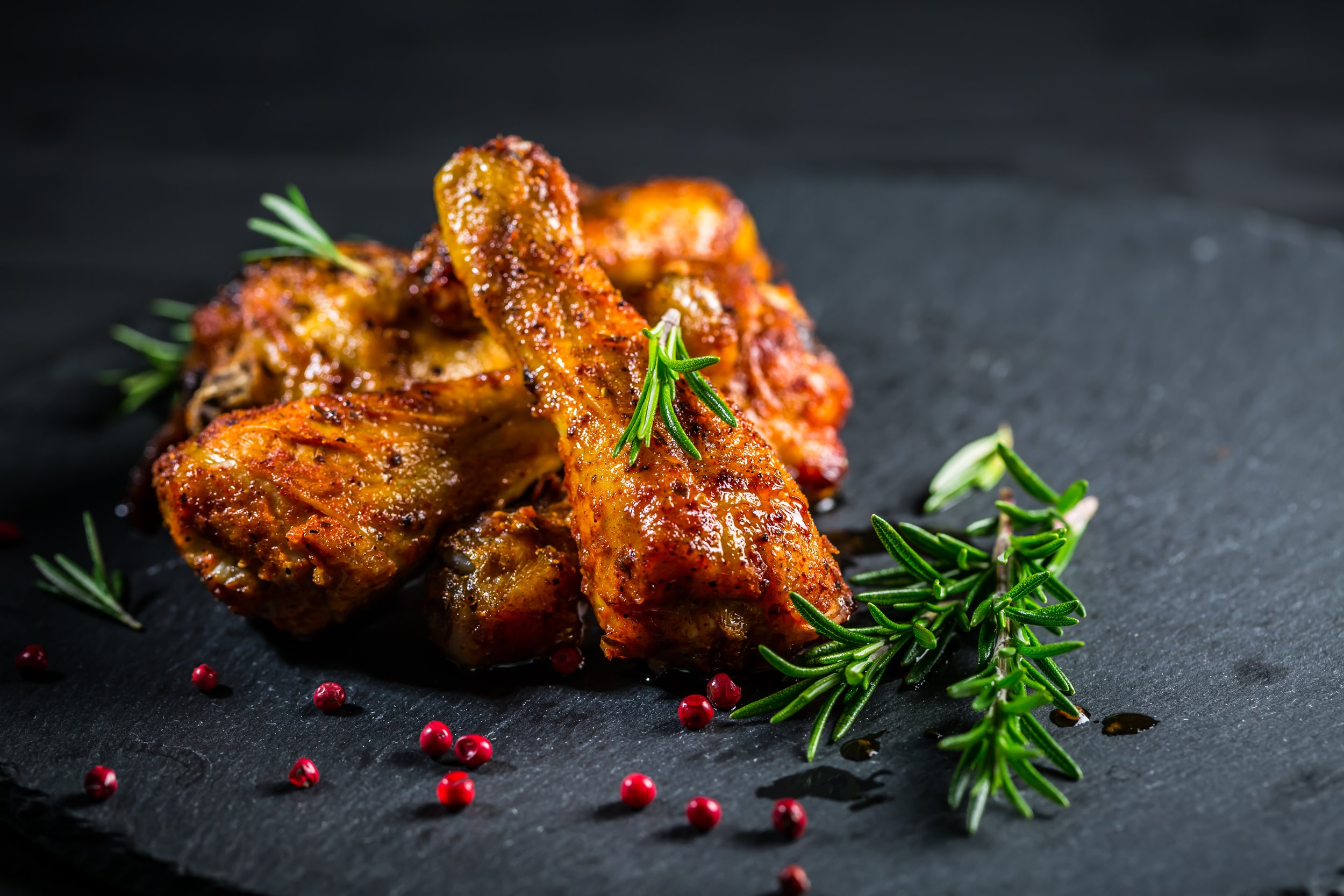
Food Photography
Food photography is a type of photography that involves capturing the beauty and appeal of food in a visually appealing manner. It requires an understanding of lighting, composition, and styling, as well as an appreciation for food and its presentation. In this article, we will explore both the basic and advanced techniques of food photography.
Basic Techniques of Food Photography
Use natural light: Natural light is often the best light source for food photography, as it adds depth and dimension to the subject. Try shooting near a window or outside during the golden hours (the hours around sunrise and sunset) for warm, soft light.
Pay attention to composition: Composition is an important aspect of any type of photography, and food photography is no exception. Look for interesting angles and try incorporating negative space (empty space around the subject) into your compositions.
Use a tripod: Food photography often requires long exposures, as the subject is stationary and the depth of field is often shallow. Using a tripod will help to keep your camera steady and prevent blur caused by camera shake.
Experiment with props: Props, such as dishes, utensils, and linens, can add context and interest to your food images. Experiment with different props to see what works best with your subject.
Use manual focus: In food photography, it can be difficult for the camera's autofocus system to accurately focus on the subject. To ensure that your images are sharp and in focus, try switching to manual focus and adjusting the focus manually.
Advanced Techniques of Food Photography
Use artificial light: While natural light is often preferred in food photography, artificial light can be used to add drama and contrast to the image. Experiment with different light sources, such as studio strobes or LED panels, to see what works best for your subject.
Use a lens with a wide aperture: A lens with a wide aperture (low f-number) allows you to create a shallow depth of field, which can be used to isolate the subject and draw attention to the details of the food.
Use focus stacking: Focus stacking involves taking multiple images of the same subject at different focus points and then combining them in post-processing to create a single image with a larger depth of field. This can be useful in food photography, as it allows you to keep both the foreground and background in focus.
Experiment with black and white: Converting your food images to black and white can add a timeless, classic look to your images. Black and white also allows you to focus on the shapes, lines, and textures of the food, rather than the colors.
Use post-processing techniques: Post-processing techniques, such as color grading and retouching, can be used to enhance the overall look and feel of your food images. Experiment with different techniques to see what works best for your subject.
In conclusion, food photography is a rewarding and challenging pursuit that requires an understanding of lighting, composition, and styling. By mastering both the basic and advanced techniques of food photography, you can create stunning images that showcase the beauty and appeal of food.
